NATO officials have urged member nations to reassess their manpower strategies to better prepare for potential high-intensity conflicts under the alliance’s collective defence plans.
With the war in Ukraine revealing the challenges of sustaining prolonged combat, NATO is pushing for a shift from small, professional forces to a model capable of supporting long-term attrition warfare.
During a background briefing at a recent NATO Defence Ministers’ meeting, a senior NATO official told press of the need to adapt manpower models to meet the growing demands of collective defence.
“We’re coming out of an era where we had small, professional armed forces with very expensive to train, very high-quality people, but in very limited numbers,” the official said, adding that these forces would struggle to manage prolonged warfare at the current casualty rates seen in Ukraine.
“At the current casualty rate in Ukraine, that would be having a really hard time facing the second or the third month of war of potential, war of attrition.”
NATO is encouraging nations to rethink their approaches, including considerations for larger reserves and even selective conscription in some cases.
The official noted that the exact path is left to individual nations, stating, “Whether to go for conscription, selective conscription, bigger reserves… each nation’s history and political agreement will influence the choice.” However, the alliance is stressing the need for greater mass in troop numbers to meet the operational demands outlined in the regional defence plans.
The shift comes as NATO continues to prepare for potential large-scale conflicts in Europe, choosing to focus on readiness and sustained military capability. The official explained, “We are encouraging nations to change and adjust in order to be able to deliver the mass that we need to fight these plans.”
While NATO is not prescribing specific numbers or models, it is clear that the transformation of manpower strategies is necessary for nations to meet the demands of collective defence. “We give the requirements, and we want to make sure that they understand that they need to deliver against those targets,” the official concluded.



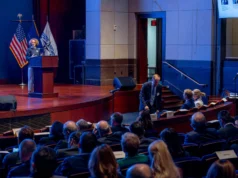

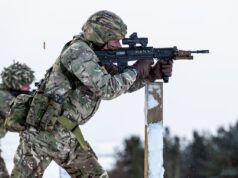
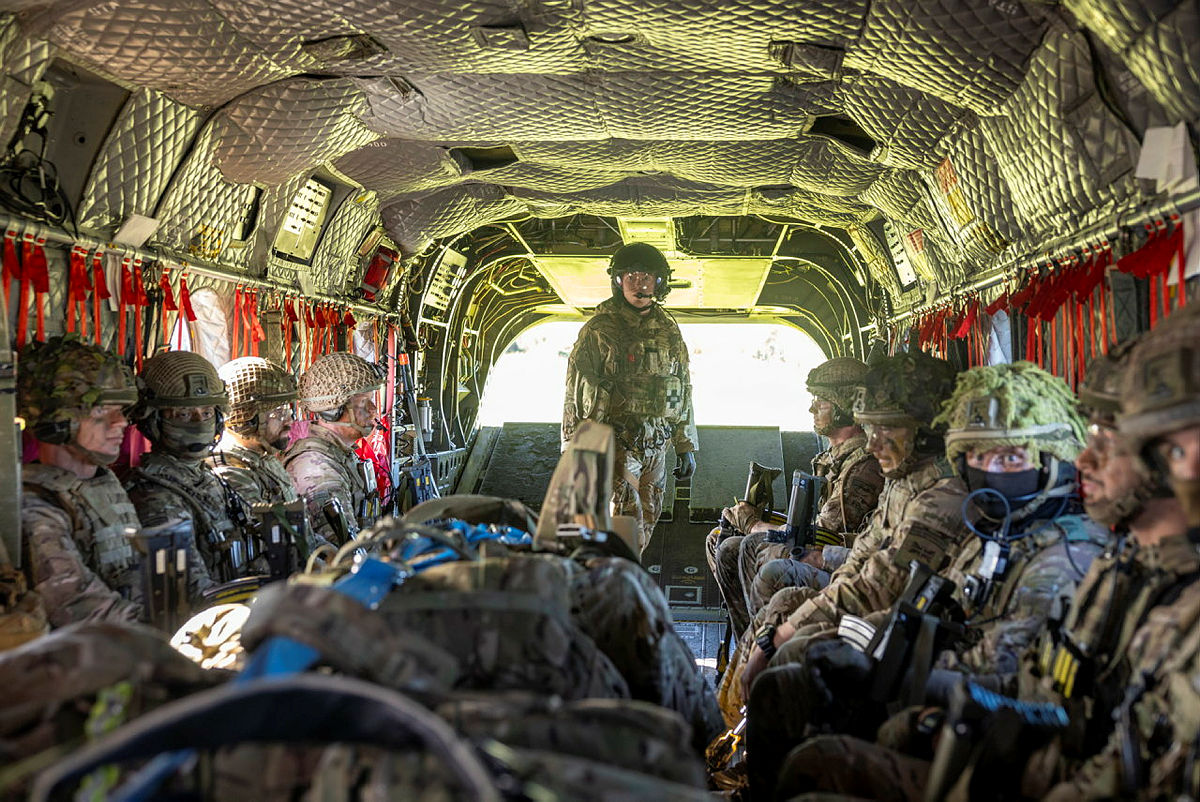
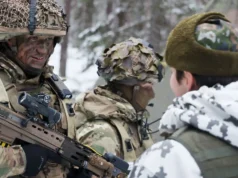
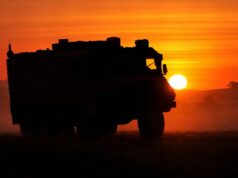

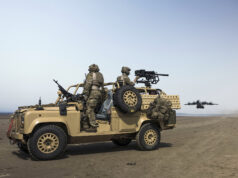


It’s one of the great benefits of having a small highly trained well equipped army backed by overwhelming logistics and AirPower that it doesn’t have to sit in a field lobbing artillery shells and taking attritional loses.
I’m sure the generals will take this as a call for expansion of the army. What we should be doing is massively expanding the reserves. The UK paying for a large standing army to guard Germanic’s boarder makes no sense.
I tend to agree, it’s the format that Finland and others excel in. Problem is how do you do that without at least a partial conscription. If recruitment is difficult now imagine the problems if a shooting war is imminent.
We could start by actually valuing the reserve forces instead of the professional army always looking at them as a burden and an easy cut. The US operates massive reserves in comparison to us despite also having a fully professional army.
The Air Force in particular could also look at reserve even operating reserve squadrons.
The US is much more comfortable with short military careers than us. Offering out apprenticeships and university scholarships can also be a way to do this.
We use to do all of this ourselves when the TA was much bigger than the army reserves today.
I wonder if our Reserve forces actually have much kit…and I mean platforms, radios, vehicles, heavy weapons?..not boots and webbing!
RNR used to have vessels but no longer, as I understand it.
RAuxAF have no aircraft.
Daniele and I once discussed whether Army Reserve infantry battalions even had a full suite of TCVs, and we doubted that they did!
My own understanding on their kit allocation is, and happy to be corrected by others more knowledgeable.
Infantry, full on IWs and personnel kit, small allocation of heavier such as GPMG, 81MM. No idea on NLAW/Javelin etc. Small allocation of B Vehicles. The “AI” Battalions assigned to 3 UK do not have any armoured vehicle allocation or Warriors.
Royal Artillery. Batteries have their allocation of Light Guns, and 101 RA has some MLRS.
No idea if the reserve AD Regiment has any HVM Stormer but I think they do have LMM allocation per Battery.
Royal Engineers. Not aware of any armoured vehicles like Terrier,Titan,Trojan that the regulars use, nor M3s. I think the AR M3 Troop use the regulars Rigs.
RAC. RWY has no Tanks. The Yeomanry Regiments have WMIK and Jackal. No Ajax variants allocated to what are Light Cavalry Regiment reinforcements.
Royal Signals, REME, RLC, have the usual allocation of B vehicles only.
No idea on RS standard of radios/IT compared to regulars.
RAMC MMRs I have no idea but assume fitted to the same standards as the 2 Regular MMRs?
Like so many areas, while on paper it may seem we have a 30,000 plus reserve army, they are not equipped as such, and cannot deploy as formed units, only as individuals and sub units, as you know by your own experience.
You’d assume niche units like the HAC and 21/23 SAS to be well equipped, however. Likewise Cyber and Intelligence orientated units
( PAGC units ) do not have their own kit in these areas as such is often by its very nature fixed so they just deploy as individuals to augment regular locations with such.
Daniele, you write “it may seem we have a 30,000 plus reserve army” but quarterly personnel statistics say we have 23,990 trained (including less number trade trained) personnel.
Thanks.
Great, so it’s shrunk even more.
SDSR 2010 nonsense was justified on having a greater reserve force.
Might we have 6,010 AR soldiers who have not yet been trained to Phase 1 level?
Quarterly Service Personnel Statistics 1 July 2024 Table 6b gives untrained strength AR 2,009 (or 2,010 if rounded).
In 2010 the target for Army Reserve in 2019 was 30,100 trained strength. In 2016 the Army definition of trained was changed from phase 1&2 trained to just phase 1 trained. There was no change to the target for Army Reserve trained strength.
I should have also said that there is no target for total (trained+untrained) reserve strength.
Thanks mate…belatedly as I have been away. Did not know that we had AR AI battalions – are you sure? Do they train on Warrior even if they do not hold them?
Of course it was not that many years ago that we did have deployable TA units and formations. I recall 15 and 49 Bdes in 2 Div. I guess the only thing that has changed is that the AR units lack the totality of kit as you are saying.
Evening mate.
No idea on Warrior reserve Bns, only that a couple are allocated to 12 and 20 ABCT.
I’m sure they don’t have their own allocations. Whether they train with them I’ve no idea.
Absolutely mate the TA was much bigger than today’s British Army ,I find it unbelievable to what we were to how we are today but that’s 30yrs of cuts. On RAF reserve SQNs think this stop in the late 50s has said to be to expensive. Something’s never change 👍
I remember a TA of 60,000 prior to Options for Change.
Finnish people have much higher private gun ownership, including pistols, and therefore proficiency in them. They are also by and large healthier, more outdoorsy and racially homogenous. This model will not work in the UK.
Our TA was in excess of 60,000 during the Cold War. We would not need conscription if it were at that level again.
well equipped army backed by overwhelming logistics and AirPower- which army are you thinkng of.
As for ours its both undermanned & under equippped.
Gen Sanders as CGS urged a scheme to a pre-train civilians as a type of militia who could be conscripted in time of General War, as I understand it.
Visions of “Dad’s Army” episodes involuntarily arise. 🤔😉
Yes, good one!
But aside from the successful TV comedy of the 60s and 70s, the Home Guard which was active from 14 May 1940 – 3 December 1944 (disbanded 31 December 1945), was a succesful organisation of 1.5m militarily trained personnel (and including many veterans) which would have been vital in bolstering Regular Army and TA troops if we had been invaded.
They also got up to some absolutely batshit ideas. Pretty sure the Welsh Home Guard built a Trebuchet to fight Panzers with.
😁 (if an accurate recollection)
👍
No he didn’t , he urged a larger army as conscripts are not as good , failing that he said the nation would have to be trained
“The Germanic’s boarder” [sic] uhhhh… which decade are you living in Jim?
We should still up troop numbers back to 120 k . But we should be contributing more by naval power than tanks
I would agree with those generals. Mainly because I think we have too small highly trained…army. Logistically, not enough. Air power, not enough. What we don’t have is a force capable of day to day campaigning. For that, you need a certain mass – we fall way below that. As for increasing numbers, if you can get the people in to increase the numbers of reasonably trained troops, probably operating with equipment that is approaching obsolescence, that would do the job. Trouble is – things that approach obsolescence in the army tend to get scrapped. So we don’t have anything there. So we could go for equipment that is modern but lower spec.. again, we don’t. Fact is, we need to balance high end stuff with mid range stuff to bulk things out a bit. Otherwise we wouldn’t be able to hold a place in line of battle.
The army has always had a range of kit of various degrees of price, sophistcation and capability.
Take the Infantry – the gold standard is Warrior. Mid-price are all the PM wheeled vehicles and at the budget end are the soft-skinned TCVs.
Agree I think they need to relook at reserve numbers and incentivise people to join reserves but also look at a UK reserve that wont be sent to fight and potentially die in a foreign land but would be tasked with UK GBAD, protection of key national infrastructure etc. I think a UK tasked reserve force would be well received and people would join that force to defend their homeland.
I would say the key point is more deployable forces but not army. other countries can deploy capable armies. Our contribution to NATO and our allies should be a larger and more powerful navy and a capable RAF with adequate enablers such as enough MPA, AWACs and airlift. RAF needs to maintain a frontline fast jet force of over 175-200 aircraft- 200 has to be seen as the very minimum required for typhoon and F35/ Tempest numbers. If that means we order another newer batch of typhoon (as Germany have, Turkey and Saudi Arabia all have) then that makes sense.
It would make sense to return to the TA as founded in 1908. Volunteers for home defence with no obligation to serve overseas.
Btw, Turkey haven’t bought any Typhoons yet. UK certainly needs more.
Our army is not that well equipped. Most of our AFVs are 25, 30, 40 or even 50 years old. We have virtually no 155mm artillery. The Infantry is about to lose their cannon-equipped tracked IFVs in favour of MG-equipped wheeled APCs.
The post-Cold War army strength was set to 120,000 (a reduction by 40,000). It is now a little over 72,000. We cannot roule at brigade level (as we did in Afghanistan and Iraq) without calling up the Reserves.
I agree that we do not need a large standing army of 55,000 guarding Germany’s eastern border – amongst other things Poland would find that confusing!
“We give the requirements, and we want to make sure that they understand that they need to deliver against those targets,” the official concluded.
What requirements or targets does NATO currently give us, I wonder?
Conscription, yeah right. Did you hear the reaction when Sunak suggested a voluntary version of it. Anyway, even the government says the nation is massively unfit.
I’m actually relieved to see someone in a position of high military authority now stating, what i would call obvious, things to the alliance. Whether our block headed penny pinching politicians actually listen though, stuff like this needs to be formalised and mandated somehow. We all really need to pull our fingers out and wake up a bit
We glaringly obviously need a bigger UK armed forces. We’re on the brink of a major war, possibly a world war, yet we’ve cut so far we’re stupidly, recklessy, dangerously risking the future of western democracy, plus the lives of the few expensively trained servicemen we have left.
We desperately need to return to a whole society focus rather than HMG serving the interests of the few super rich who call all the shots.
Land, sea & air, we need capacity to fight at high tempo for years with decent sutainable reserves.
Unless we make an actual decision & commit the resources at this coming SDR, we’ll be practically chopping up lifeboats while the Titanic sinks.
There has been no enthusiasm, nor intent to retain military personnel. There is no intention to increase the size of the Army There are now less than 19,000 Infantry in the Army.
There may well be some in the UK who have been looking at the Ukraine conflict, and learning from it. However, those who decide which ‘options’ the UK takes when it comes to military personnel and kit, have no notion as to what is really needed.
The various branches of the armed forces, individuals, and large (greedy) multinational corporations, then lobby, harass, and do their best to influence the decisions of governments, as to what to buy and what not to get.
We cannot do an ‘Afghanistan’ again. Another Falklands is doubtful. We couldn’t even reinact the siege of Gibraltar. So what can the UK offer NATO, in the event of a ground war?
The army certainly could do a Falklands again – we only deployed a light brigade for a few weeks.
Two NATO Countries stand out to me at the moment Poland and Finland. The Pols have done a fine job on building there forces up. And have got there Reserves down to a T.
And Finland 😉
Its not going to happen. least not from the UK perspective, we haven’t got 2 brass pennies to rub together and can barely afford to run the country. How have the Tories run up a £40 billion a year structural deficit?
What a mess.
We definitely do need to return to a larger more capable armed forces, this matter might be forced upon us if we have a Trump government withdrawing from NATO. That would be one way for the UK to have to spend more on necessary defence.
The root cause of the rot is because we have had little to no growth in the economy for 15 years whilst inflation and costs have risen to crazily high levels. One example of many- why does the UK with some of the richest natural resources in the whole world pay the highest unit price for electricity in the world?
Rip of Britain
It’s HMG governments with head’s buried in the sand 😞